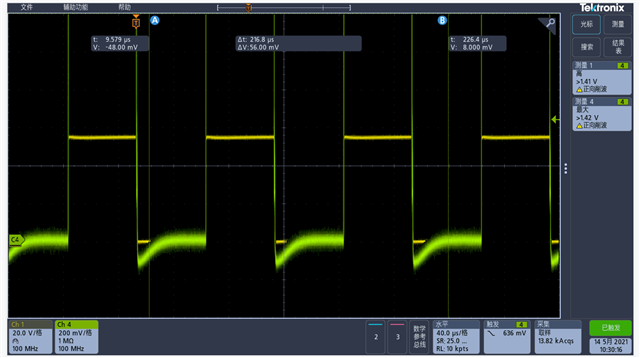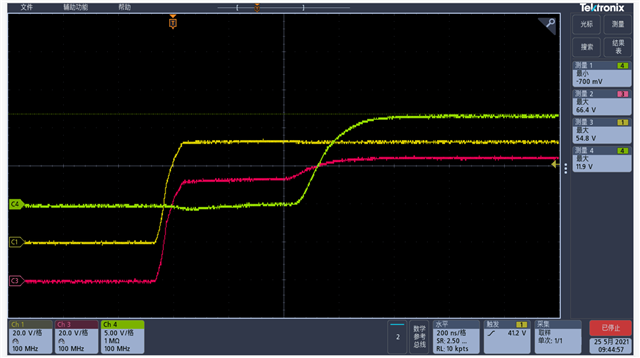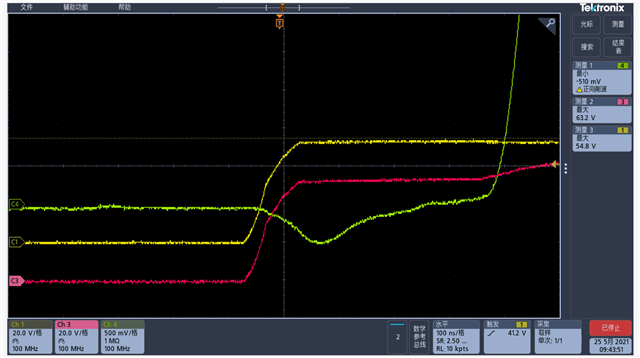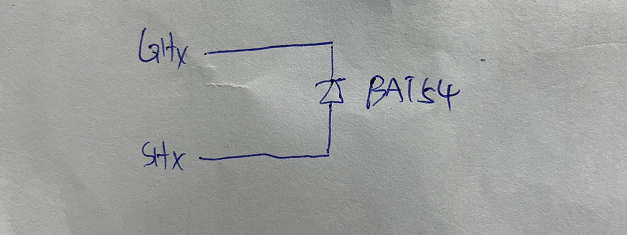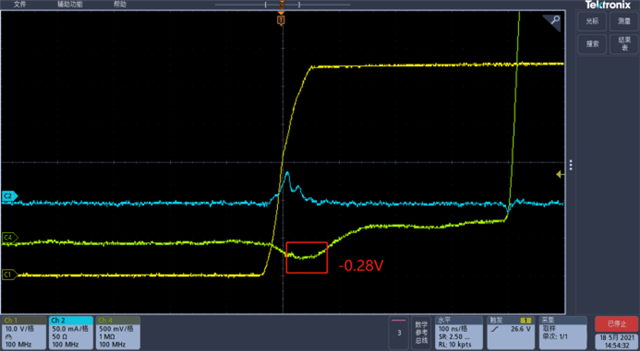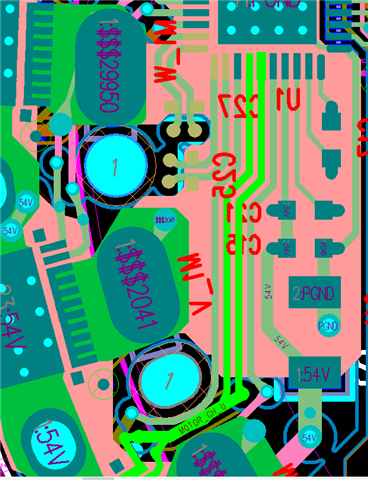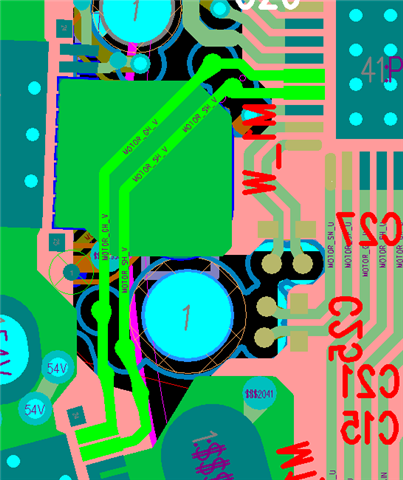Other Parts Discussed in Thread: CSD88599Q5DC
Hi all:
Our products use DRV8323 to drive PMSM.We have often encountered 8323 damage recently,All the damage is gate drive fault on high-side MOSFET
All the damaged devices are DRV8323, not MOSFET. We did some tests and found that the negative voltage of High-side gate drive pin voltage with respect to SHx(GHx) is out of specification,as shown below
Noted:
CH1: Continuous high-side source sense pin voltage (SHx)
CH4:High-side gate drive pin voltage with respect to SHx (GHx)

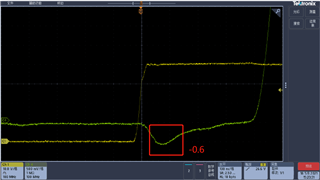
We found that this negative voltage appears very frequently when the motor has current, which may be the cause of the damage of DRV8323
We use 3x PWM mode ,We tried changing the IDRIVE and dead time, but it didn’t work
Have you ever encountered a similar situation? Do you have any suggestions for this situation?
Attach our schematic
Looking forward to your reply
Thanks
ZX


